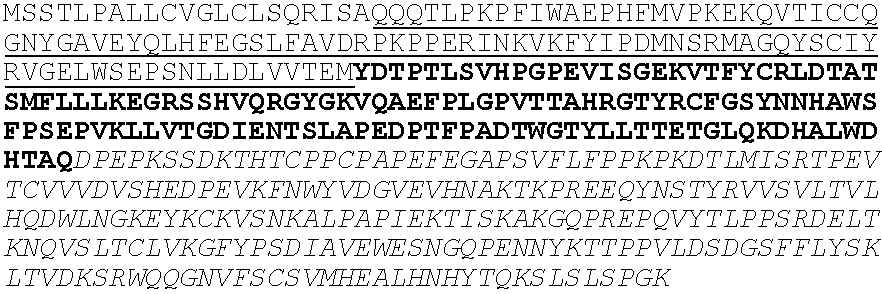Nk cell receptor conjugates for treating malignancies
a technology of nk cell receptor and conjugate, which is applied in the direction of anti-tumor ingredients, pharmaceutical non-active ingredients, therapy, etc., can solve the problem that specific antibodies alone cannot exert sufficient antitumor effects, and achieve the effect of inhibiting or reducing the growth of tumors in patients
- Summary
- Abstract
- Description
- Claims
- Application Information
AI Technical Summary
Benefits of technology
Problems solved by technology
Method used
Image
Examples
example 1
Binding of NKpi-Ig to Various Cancer Cells but not to Normal Peripheral Blood Lymphocytes (PBL)
[0120] In order to measure the specific NKpi-Ig binding to various tumor cells, cells were incubated with different Ig-conjugates and stained with PE-conjugated goat anti-human Fc. As demonstrated in FIG. 1, different human tumor cell lines (such as cell lines derived from Melanoma (1074 mel, 1259 mel, MELA1, 1106 mel), Chronic Myelogenous Leukemia (CML) (K562), Prostate carcinoma (PC3-Luc, PC3, DU145), weakly EBV-transformed B cells (RPMI8866, 721.221)) were recognized by the various lysis receptors NKp46, NKp44 and NKp30 conjugates. Primary tumor cells were also recognized by the various conjugates, including melanoma and CML cells. No specific NKpi-Ig binding was found in peripheral blood lymphocytes (PBL) normal cells, indicating the specific binding of NKpi-Ig to tumor cells. In addition, T cell lymphoma (Jurkat) and primary breast carcinoma were recognized mainly by NKp30 and NKp44 ...
example 2
Macrophage-Mediated Antigen-Dependent Cellular Cytotoxicity of Tumor Cells with NKp30-Ig and NKp46D2-Ig
[0122] As revealed from FIG. 3, the binding of NKp46D2-Ig and NKp30-Ig conjugates to their unknown ligands on PC3 prostate cancer cells mediates the lysis of the cancer cells via macrophage-dependent lysis mechanism. In vitro killing of PC3 cells coated with the NKp30-Ig or NKp46D2-Ig conjugates by complement and NK cells was not observed.
example 3
In Vivo Tumor Cell Elimination After Treatment with NKp30-Ig
[0123] Mice were inoculated S.C. with 2×106 PC-3 human prostate cancer cells transfected with plasmid encoding the luciferase gene. Tumor growth was monitored using whole-body imaging with a charge-coupled device camera. After detectable tumors were established, mice were divided into two groups with similar tumor size distribution. One group received the test conjugate and the other received vehicle control for 3 weeks and the mice were sacrificed. For the test group, NKp30-Ig was injected intraperitoneally daily (0.25 mg / mouse / day) for 3 weeks and the mice were sacrificed. The growth of tumors in treated and mock-treated mice was monitored twice a week. As revealed from FIG. 4 and Table 3, the treatment with NKp30-Ig mediated tumor regression in prostate cancer-bearing nude mice.
TABLE 3Tumor regression following the treatment with NKp30-Ig.Partial regressionRegressionProgressiveTreatment(less than 50%)(over 50%)growth ...
PUM
| Property | Measurement | Unit |
|---|---|---|
| Composition | aaaaa | aaaaa |
| Cytotoxicity | aaaaa | aaaaa |
| Selectivity | aaaaa | aaaaa |
Abstract
Description
Claims
Application Information
 Login to View More
Login to View More - R&D
- Intellectual Property
- Life Sciences
- Materials
- Tech Scout
- Unparalleled Data Quality
- Higher Quality Content
- 60% Fewer Hallucinations
Browse by: Latest US Patents, China's latest patents, Technical Efficacy Thesaurus, Application Domain, Technology Topic, Popular Technical Reports.
© 2025 PatSnap. All rights reserved.Legal|Privacy policy|Modern Slavery Act Transparency Statement|Sitemap|About US| Contact US: help@patsnap.com



